Home>Health & Lifestyle>Mindfulness & Relaxation Spaces>How To Dilute Diffuser Oil
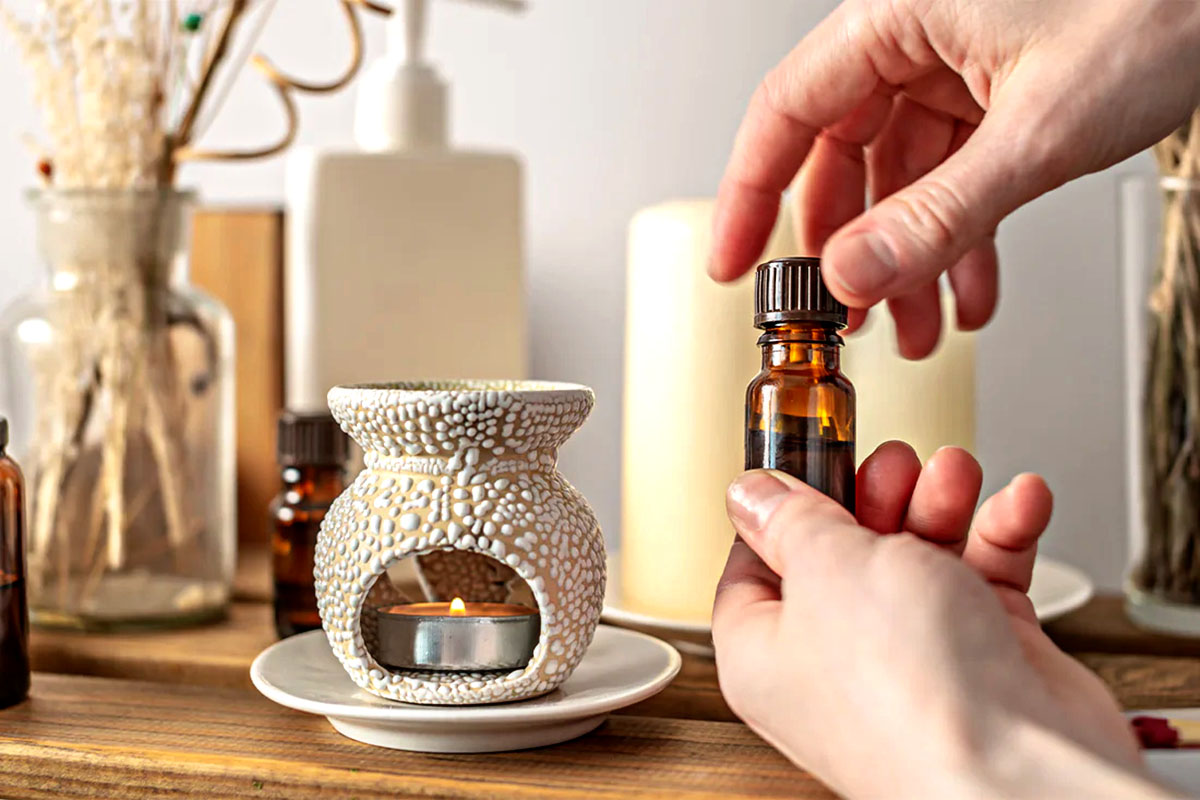

Mindfulness & Relaxation Spaces
How To Dilute Diffuser Oil
Published: December 24, 2023
Discover the best way to dilute diffuser oil for your mindfulness and relaxation spaces. Create a calming atmosphere with our simple dilution techniques. Unlock the power of aromatherapy today!
(Many of the links in this article redirect to a specific reviewed product. Your purchase of these products through affiliate links helps to generate commission for Storables.com, at no extra cost. Learn more)
Introduction
In today's fast-paced world, the pursuit of mindfulness and relaxation has become increasingly vital. Many individuals are turning to aromatherapy as a means to unwind, de-stress, and create a tranquil atmosphere in their homes or workplaces. Aromatherapy involves the use of essential oils, which are natural extracts derived from plants, to promote physical, mental, and emotional well-being. One popular method of dispersing these aromatic oils is through the use of diffusers.
Diffusers are devices that disperse essential oils into the air, allowing their therapeutic scents to permeate the surroundings. However, when using essential oils in a diffuser, it is crucial to dilute them properly to ensure safe and effective use. Diluting essential oils not only helps in controlling the intensity of the aroma but also aids in preventing skin irritation, especially for those with sensitive skin.
In this article, we will delve into the art of diluting diffuser oils, exploring the various methods and considerations involved in this practice. Whether you are a seasoned aromatherapy enthusiast or a newcomer to the world of essential oils, understanding the process of dilution is essential for harnessing the full benefits of aromatherapy while ensuring safety and enjoyment.
Join us as we embark on a journey through the realm of diffuser oils, learning about the significance of dilution and discovering the steps to create your own custom blends for a harmonious and soothing aromatic experience.
Key Takeaways:
- Diluting diffuser oils is essential for safe and enjoyable aromatherapy. It helps control aroma intensity and prevents skin irritation, promoting relaxation and well-being.
- Choose the right carrier oil and follow proper dilution steps for a personalized aromatic experience. Experiment with blends and mindfulness practices for maximum benefits.
Read more: How To Make An Oil Diffuser
Understanding Diffuser Oils
Before delving into the intricacies of diluting diffuser oils, it is essential to comprehend the nature of these aromatic substances. Diffuser oils, also known as essential oils, are concentrated hydrophobic liquids that contain volatile aroma compounds derived from plants. These oils capture the essence of the plant from which they are extracted, boasting a diverse range of scents, each with its unique therapeutic properties.
Essential oils are renowned for their ability to evoke various emotional and physiological responses, making them a popular choice for aromatherapy practices. When diffused into the air, these oils can create an ambiance that promotes relaxation, mental clarity, and overall well-being. They are often used to alleviate stress, enhance focus, uplift moods, and even purify the air.
Each essential oil possesses distinct characteristics, ranging from floral and citrusy to woody and earthy notes. Some common essential oils used in aromatherapy include lavender, eucalyptus, peppermint, tea tree, and chamomile, among many others. Understanding the unique properties and potential benefits of different essential oils is fundamental in creating personalized and effective aromatic experiences.
It is important to note that essential oils are highly potent and should be handled with care. Due to their concentrated nature, undiluted essential oils can cause skin irritation, allergic reactions, or adverse effects when inhaled in excessive amounts. Therefore, diluting these oils before diffusing them is crucial for ensuring a safe and enjoyable aromatherapy experience.
By gaining a deeper understanding of diffuser oils and their potential impact on our well-being, we can harness the transformative power of aromatherapy to cultivate a serene and harmonious environment, promoting relaxation and rejuvenation in our daily lives.
Different Methods for Diluting Diffuser Oil
When it comes to diluting diffuser oils, there are several methods to consider, each offering unique advantages and applications. Dilution serves to reduce the concentration of essential oils, making them safer for direct skin contact and milder when diffused into the air. By diluting essential oils, individuals can customize the strength of the aroma and extend the longevity of the oils, enhancing their overall aromatic experience.
One of the most common methods for diluting diffuser oils is by using a carrier oil. Carrier oils, also known as base oils, are neutral, plant-derived oils that act as a medium for diluting essential oils. Examples of carrier oils include jojoba oil, sweet almond oil, coconut oil, and grapeseed oil, each offering its unique properties and benefits. When mixed with essential oils, carrier oils help disperse the aromatic molecules more evenly, reducing the risk of skin irritation and enhancing the overall diffusion process.
Another popular dilution method involves using water as a base. Water-based diffusers, such as ultrasonic and nebulizing diffusers, disperse essential oils into the air by breaking them down into tiny particles. This method provides a subtle and continuous release of aromas, creating a soothing and calming atmosphere. When using water as a diluent, it is essential to follow the manufacturer’s guidelines for the proper ratio of essential oils to water to ensure optimal diffusion and safety.
Furthermore, some individuals opt for alcohol-based dilution, where essential oils are mixed with a high-proof alcohol, such as vodka or witch hazel, to create a potent aromatic blend. This method is commonly used for creating room sprays, linen mists, and other air fresheners, offering a quick and effective way to disperse essential oils throughout a space.
Additionally, pre-diluted essential oil blends, often referred to as roll-on or topical blends, are readily available in the market. These blends are formulated by combining essential oils with carrier oils in precise concentrations, making them convenient for direct application to the skin or for use in personal inhalers, offering a hassle-free approach to enjoying the benefits of aromatherapy on the go.
By exploring the various methods for diluting diffuser oils, individuals can tailor their aromatic experiences to suit their preferences, whether seeking a gentle and sustained diffusion, creating custom blends for personal care products, or formulating convenient on-the-go solutions for relaxation and well-being.
Choosing the Right Carrier Oil
When diluting diffuser oils, selecting the appropriate carrier oil is paramount in achieving the desired aromatic experience and ensuring safe usage. Carrier oils play a pivotal role in dilution, serving as a medium to disperse essential oils while offering their unique nourishing and therapeutic properties. With a myriad of carrier oils available, each possessing distinct characteristics, it is essential to consider various factors when choosing the right carrier oil for diluting diffuser oils.
One crucial consideration is the intended use of the diluted essential oils. Different carrier oils have varying absorption rates and consistencies, making them suitable for specific applications. For instance, lighter oils such as fractionated coconut oil and grapeseed oil are ideal for creating quick-absorbing massage blends and personal care products. In contrast, richer and more emollient oils like avocado oil and sweet almond oil are well-suited for formulating nourishing body oils and moisturizing blends.
Another aspect to contemplate is the scent and potential therapeutic benefits of the carrier oil. Some carrier oils, such as jojoba oil and rosehip seed oil, possess their subtle nutty or earthy aromas, which can complement or enhance the fragrance of certain essential oils. Furthermore, certain carrier oils offer additional skincare benefits, such as moisturization, soothing properties, and antioxidant effects, which can augment the overall therapeutic value of the diluted essential oil blends.
It is also essential to consider the shelf life and stability of carrier oils. While most carrier oils have a relatively long shelf life, some are more prone to oxidation and rancidity. Oils with a shorter shelf life, such as hemp seed oil and evening primrose oil, may require refrigeration or careful storage to maintain their freshness and efficacy, especially when used in diluted diffuser oil blends that are not frequently utilized.
Furthermore, the skin type and sensitivities of the individuals using the diluted essential oils should be taken into account when selecting a carrier oil. Those with sensitive or acne-prone skin may benefit from lighter, non-comedogenic oils like argan oil and squalane, while individuals with dry or mature skin may prefer richer oils such as rosehip seed oil and shea butter, which offer intense hydration and nourishment.
By carefully considering these factors, individuals can make informed choices when selecting the right carrier oil for diluting diffuser oils, ensuring a harmonious and personalized aromatic experience that caters to their specific preferences and needs.
When diluting diffuser oil, use a carrier oil such as sweet almond or jojoba oil. Mix 6-12 drops of essential oil with 1 ounce of carrier oil for a safe and effective blend.
Steps to Dilute Diffuser Oil
Creating a diluted diffuser oil blend involves a systematic approach to ensure the safe and effective dispersion of essential oils. By following the proper steps, individuals can craft custom aromatic blends that cater to their preferences while promoting a serene and harmonious atmosphere. Whether preparing a blend for topical application or diffusion, the following steps outline the process of diluting diffuser oils:
- Choose Your Essential Oils: Select the essential oils you wish to incorporate into your blend, considering their individual scents, therapeutic properties, and intended use. Whether aiming for a relaxing ambiance, an energizing atmosphere, or targeted wellness benefits, the choice of essential oils forms the foundation of your diluted blend.
- Select a Carrier Oil: Choose a suitable carrier oil based on the intended application of the diluted blend and the specific properties and benefits of the carrier oil. Consider factors such as absorption rate, skin type, and additional skincare benefits when making your selection.
- Determine the Dilution Ratio: Depending on the intended use and the sensitivity of the individuals who will be exposed to the blend, determine the appropriate dilution ratio. For general diffusion, a dilution ratio of 2-3 drops of essential oil per 100ml of carrier oil is often recommended. However, for topical applications, especially on sensitive areas of the skin, a lower dilution ratio is advisable.
- Prepare the Blend: In a clean and dry glass container, combine the selected essential oils with the carrier oil according to the determined dilution ratio. Gently swirl or stir the mixture to ensure thorough blending, allowing the aromatic molecules to disperse evenly within the carrier oil.
- Store and Age the Blend (Optional): If time permits, allowing the diluted blend to age for a few days can enhance the synergy of the essential oils and carrier oil, resulting in a more cohesive and nuanced aromatic profile. Store the blend in a cool, dark place away from direct sunlight and heat to preserve its integrity.
- Label and Date the Blend: Properly label the diluted blend with the essential oils used, the dilution ratio, and the date of preparation. This ensures clarity and facilitates safe and organized usage, especially when creating multiple blends for different purposes.
By following these steps, individuals can master the art of diluting diffuser oils, creating bespoke blends that cater to their aromatic preferences while upholding safety and efficacy. Whether seeking relaxation, rejuvenation, or a sense of tranquility, a thoughtfully diluted diffuser oil blend can transform any space into a sanctuary of well-being and harmony.
Read more: How To Use Diffuser Oil Without A Diffuser
Tips for Using Diluted Diffuser Oil
Once you have meticulously crafted your diluted diffuser oil blend, it’s time to embark on a sensory journey that elevates your surroundings and promotes a sense of tranquility and well-being. To maximize the benefits and enjoyment of your custom aromatic blend, consider the following tips for using diluted diffuser oils:
- Perform a Patch Test: Before applying a diluted essential oil blend to a larger area of the skin, conduct a patch test by applying a small amount to a discreet area. This helps assess any potential skin sensitivities or allergic reactions, especially when using a new blend or essential oil.
- Adjust Diffusion Settings: When using a diffuser to disperse your diluted blend, consider adjusting the diffusion settings based on the size of the space and your personal preference for the intensity of the aroma. Experiment with different diffusion durations and intervals to find the optimal balance for your desired ambiance.
- Blend Complementary Scents: For a more complex and harmonious aromatic experience, consider blending complementary essential oils to create custom scent profiles. Experiment with floral, citrus, woody, and herbal notes to curate unique blends that resonate with your mood and environment.
- Personalize for Wellness: Tailor your diluted diffuser oil blends to address specific wellness goals. Whether seeking relaxation, mental clarity, respiratory support, or mood enhancement, select essential oils known for their targeted therapeutic benefits and incorporate them into your blends accordingly.
- Rotate and Refresh Blends: To prevent olfactory fatigue and ensure continued enjoyment, rotate your diluted diffuser oil blends periodically. This not only keeps the aromatic experience fresh and dynamic but also allows you to explore a diverse range of scents and their associated benefits.
- Consider Seasonal Aromas: Embrace the changing seasons by crafting diluted diffuser oil blends that capture the essence of each season. From refreshing citrus blends in summer to cozy and grounding aromas in winter, seasonal scents can evoke a sense of connection to nature and enhance your overall well-being.
- Practice Mindfulness: When diffusing your custom blends, take a moment to engage in mindfulness practices such as deep breathing, meditation, or simply savoring the aromatic experience. Allow the soothing scents to create a space for relaxation, introspection, and a sense of calm amidst the hustle and bustle of daily life.
By incorporating these tips into your aromatic rituals, you can elevate the use of diluted diffuser oils, transforming your space into a sanctuary of tranquility, balance, and sensory delight. Whether seeking solace, inspiration, or a moment of respite, a thoughtfully crafted diluted diffuser oil blend can infuse your surroundings with the transformative power of aromatherapy.
Conclusion
As we conclude our exploration of diluting diffuser oils, it becomes evident that the art of crafting custom aromatic blends is a deeply personal and enriching endeavor. The journey from selecting essential oils to diluting them with precision and intention is a gateway to creating immersive sensory experiences that uplift and rejuvenate our surroundings.
Through understanding the nature of diffuser oils and the significance of dilution, individuals can harness the transformative power of aromatherapy, fostering a sense of tranquility, balance, and well-being in their daily lives. The careful selection of carrier oils, thoughtful dilution ratios, and the infusion of personal preferences and wellness goals culminate in bespoke blends that resonate with our individual needs and aspirations.
By embracing the diverse methods for diluting diffuser oils, we unlock the potential to curate an array of scents that cater to our ever-changing moods, environments, and wellness objectives. Whether seeking relaxation, invigoration, or a moment of solace, our diluted diffuser oil blends become allies in our pursuit of mindfulness, offering a sanctuary of sensory delight and emotional nourishment.
As we navigate the intricacies of using diluted diffuser oils, we are invited to engage in a sensory dialogue with the natural world, allowing the aromatic essences to transport us to realms of tranquility and harmony. Whether diffusing our blends to create a serene ambiance, infusing them into personal care rituals, or simply savoring their scents as a form of self-care, the art of diluting diffuser oils becomes a conduit for self-expression and holistic well-being.
In this pursuit, we are encouraged to approach our aromatic rituals with mindfulness, intention, and a spirit of exploration, embracing the ever-evolving tapestry of scents that enrich our lives. As we breathe in the delicate fragrances of our meticulously crafted blends, we are reminded of the profound connection between our senses and the healing power of nature, fostering a deep sense of tranquility and balance within our hearts and homes.
May the art of diluting diffuser oils continue to inspire us to cultivate moments of respite, reflection, and rejuvenation, weaving the transformative essence of aromatherapy into the fabric of our daily lives.
Frequently Asked Questions about How To Dilute Diffuser Oil
Was this page helpful?
At Storables.com, we guarantee accurate and reliable information. Our content, validated by Expert Board Contributors, is crafted following stringent Editorial Policies. We're committed to providing you with well-researched, expert-backed insights for all your informational needs.
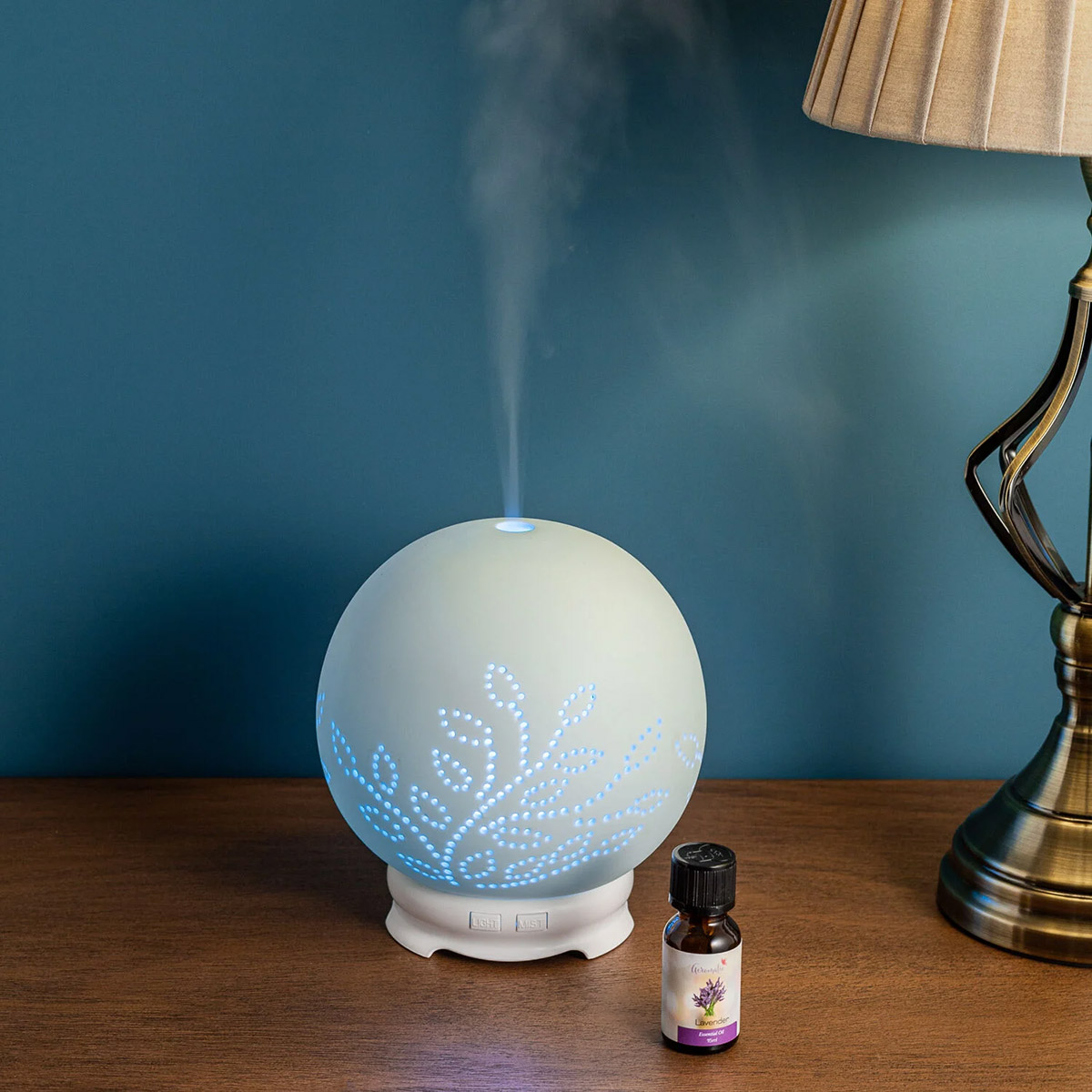
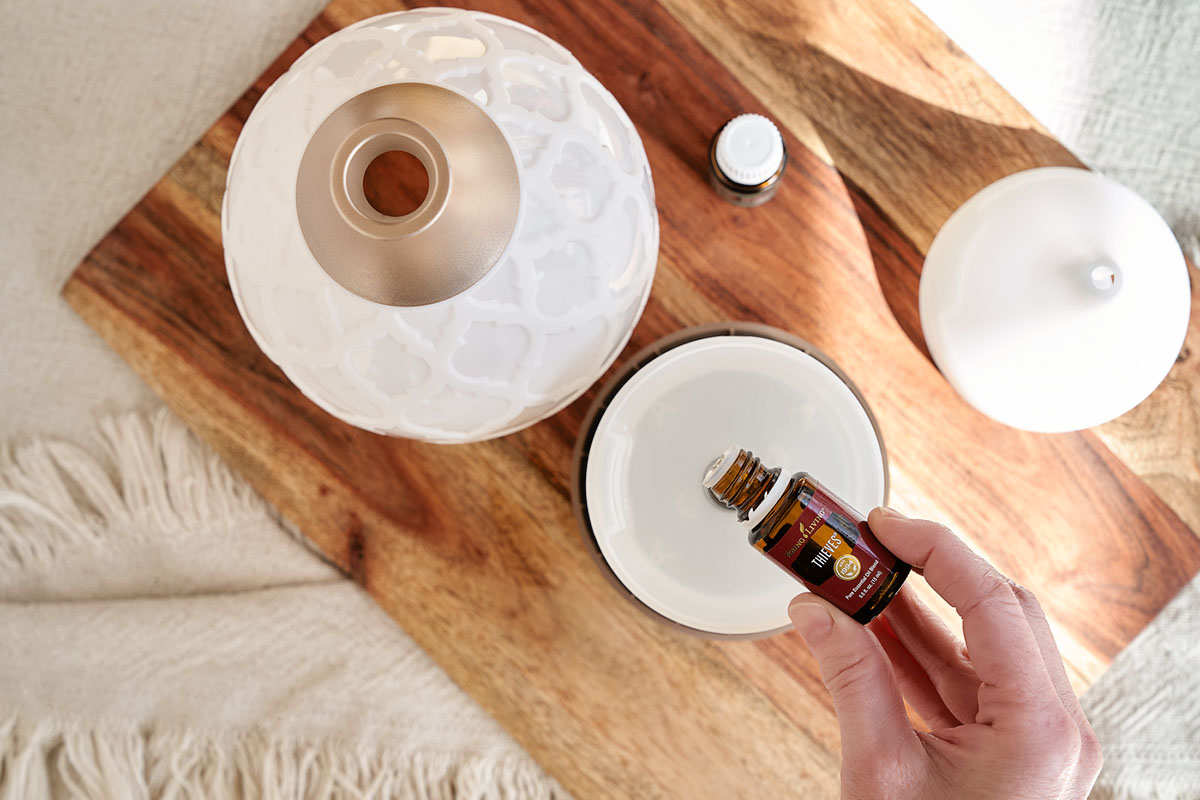
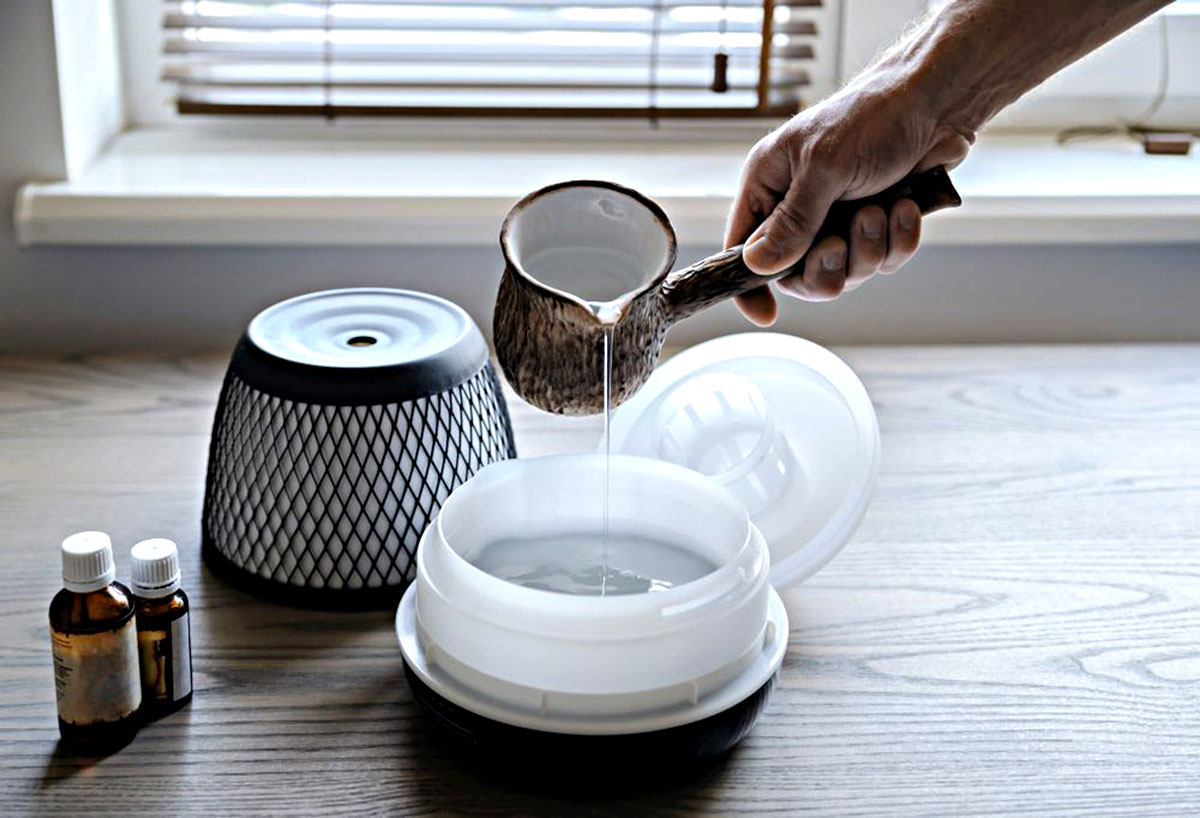
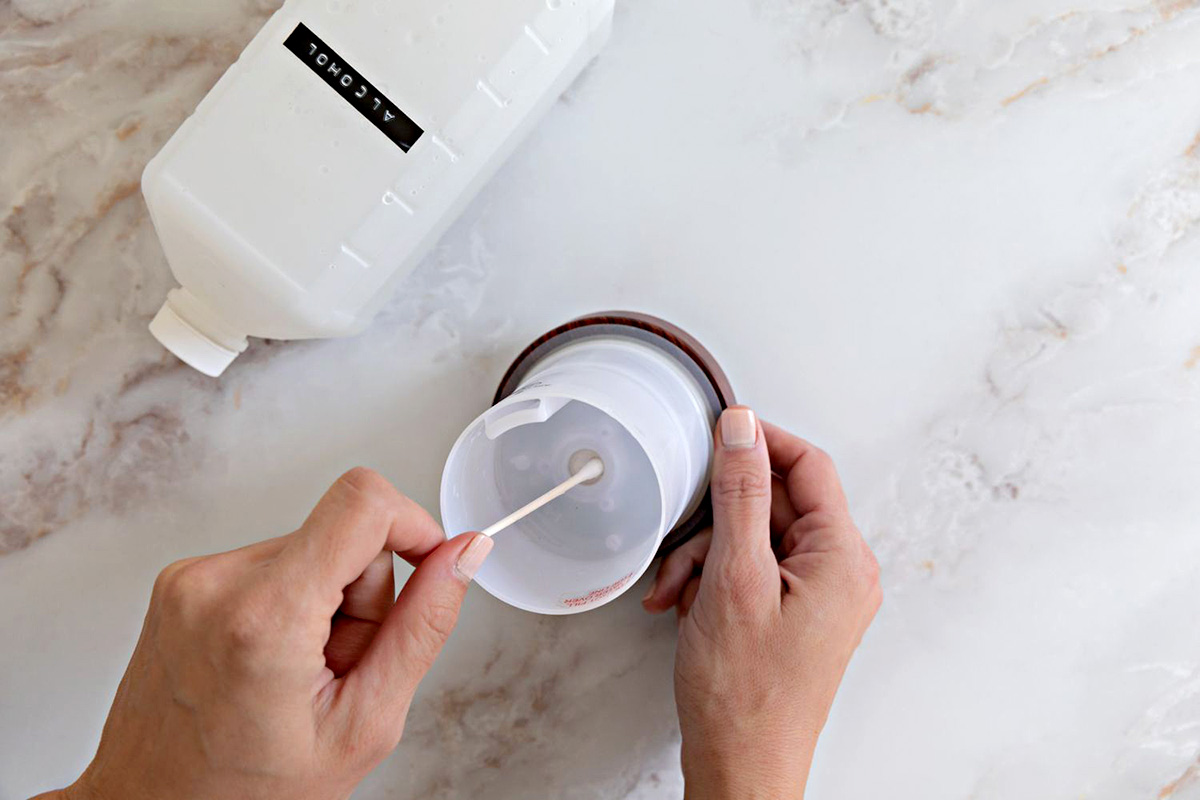
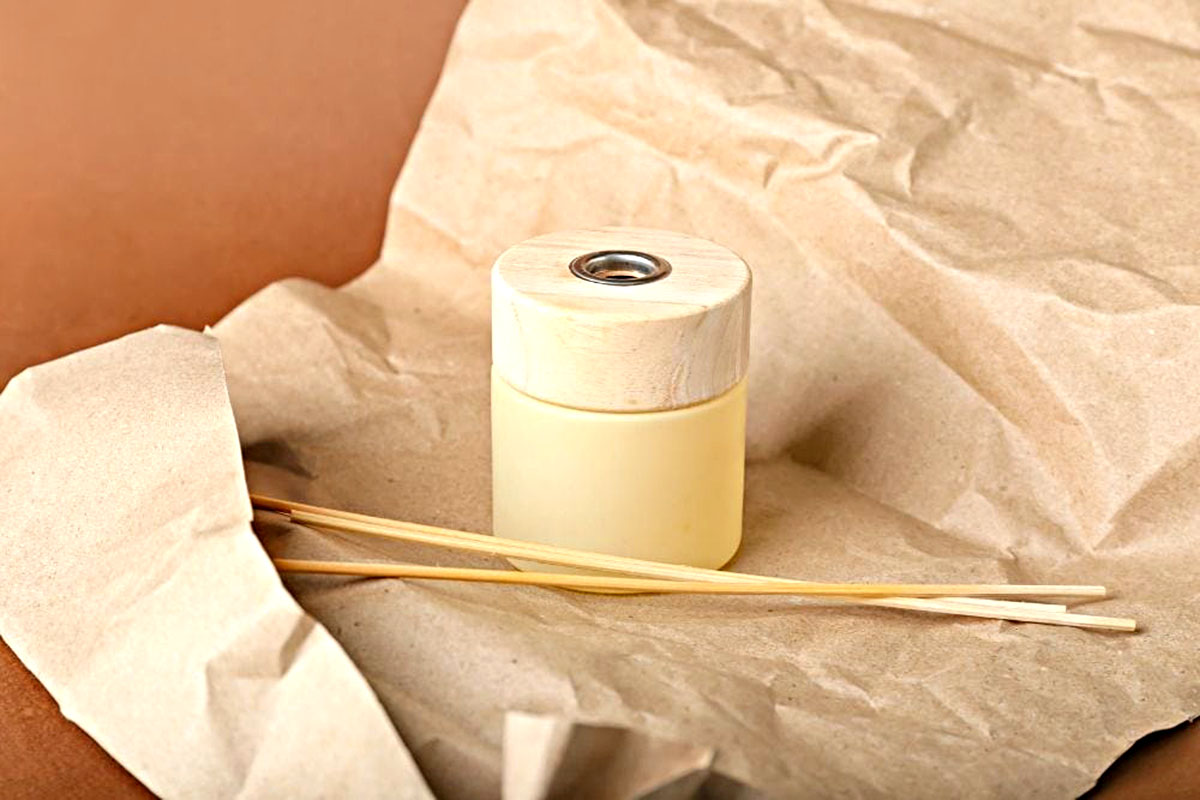
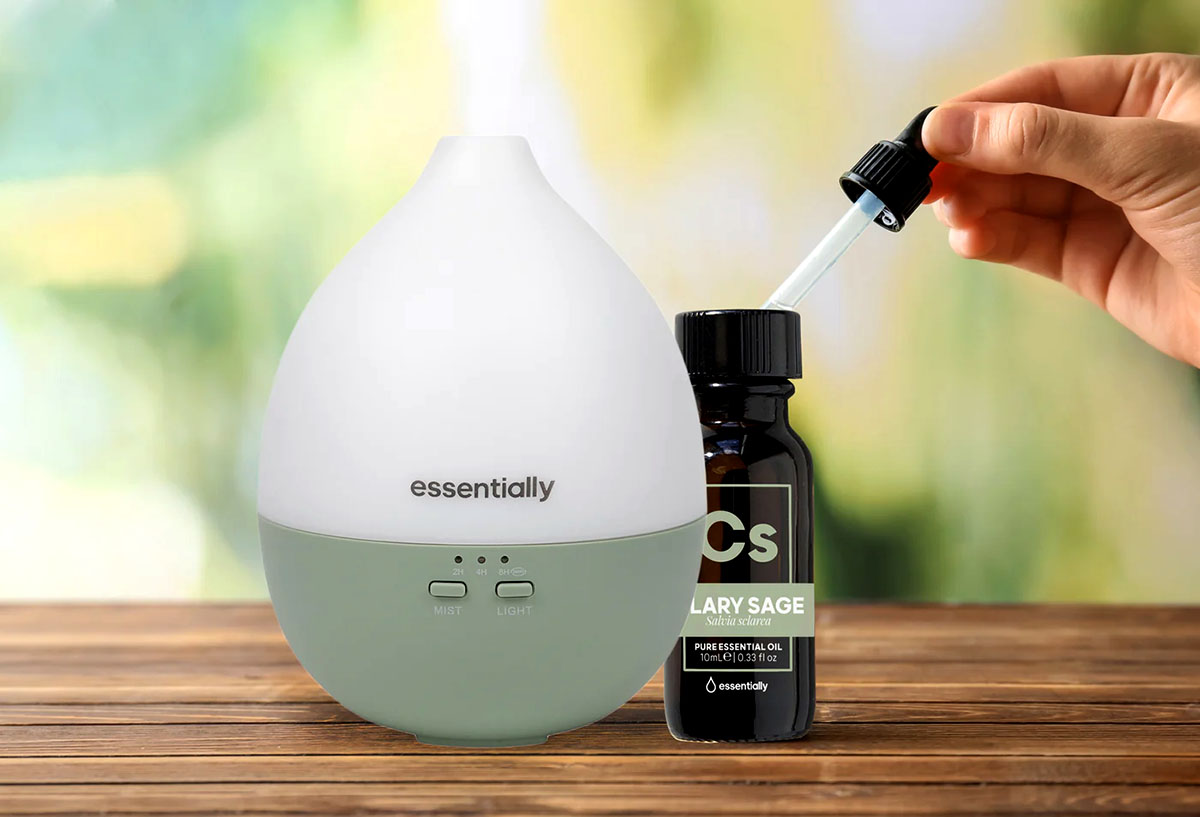

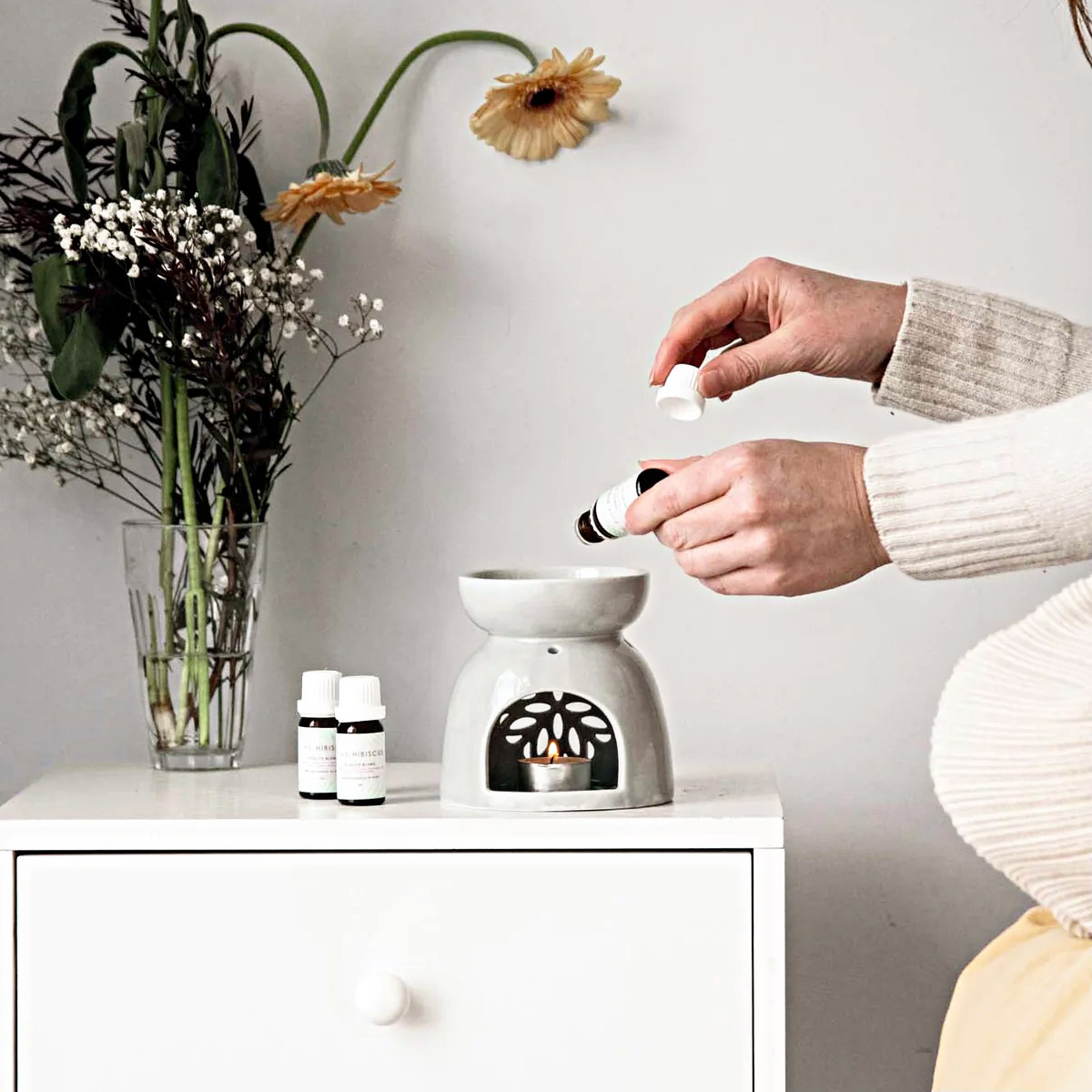
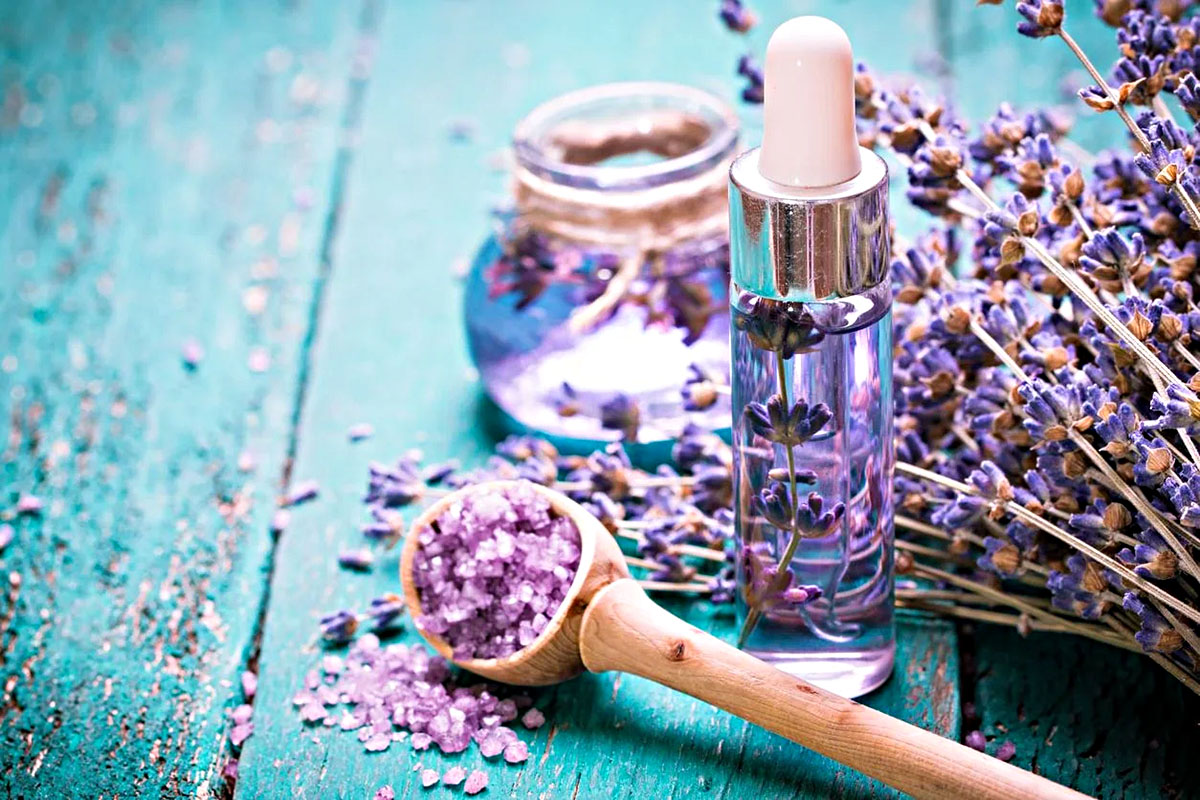
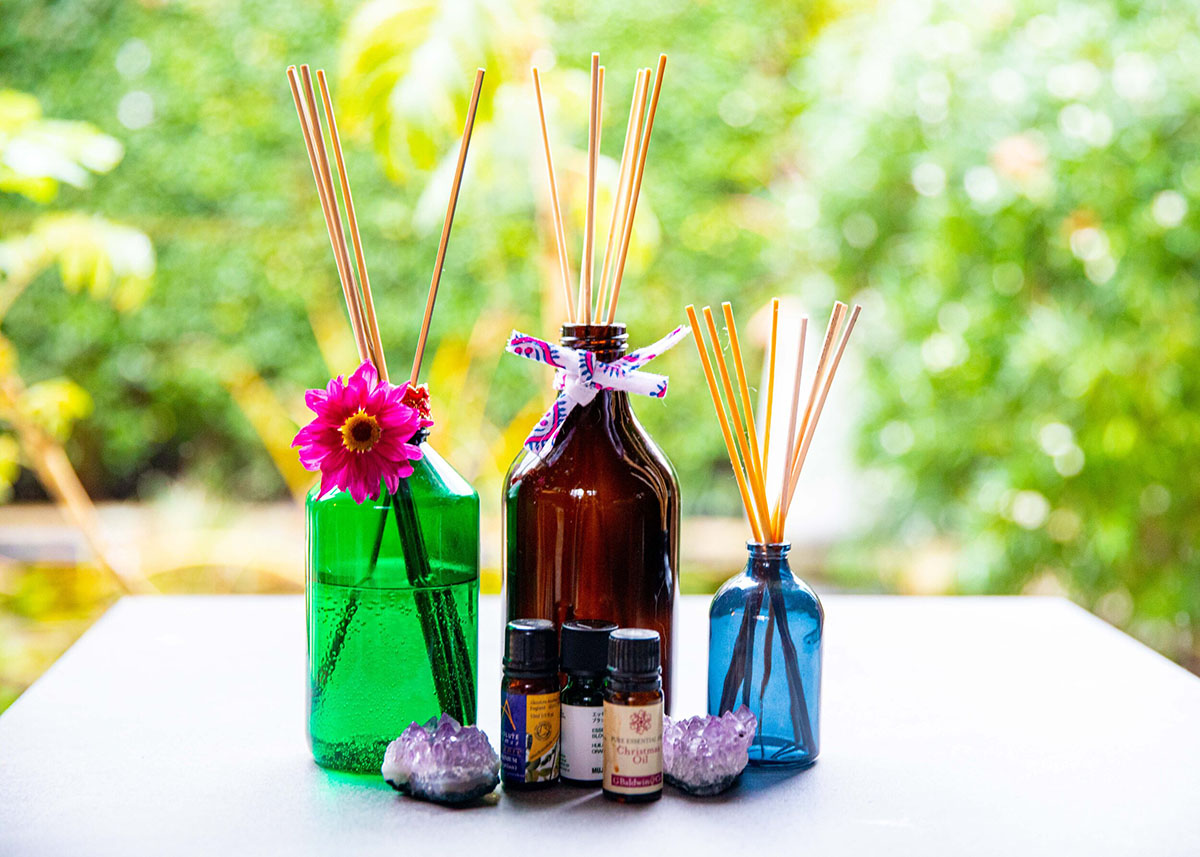
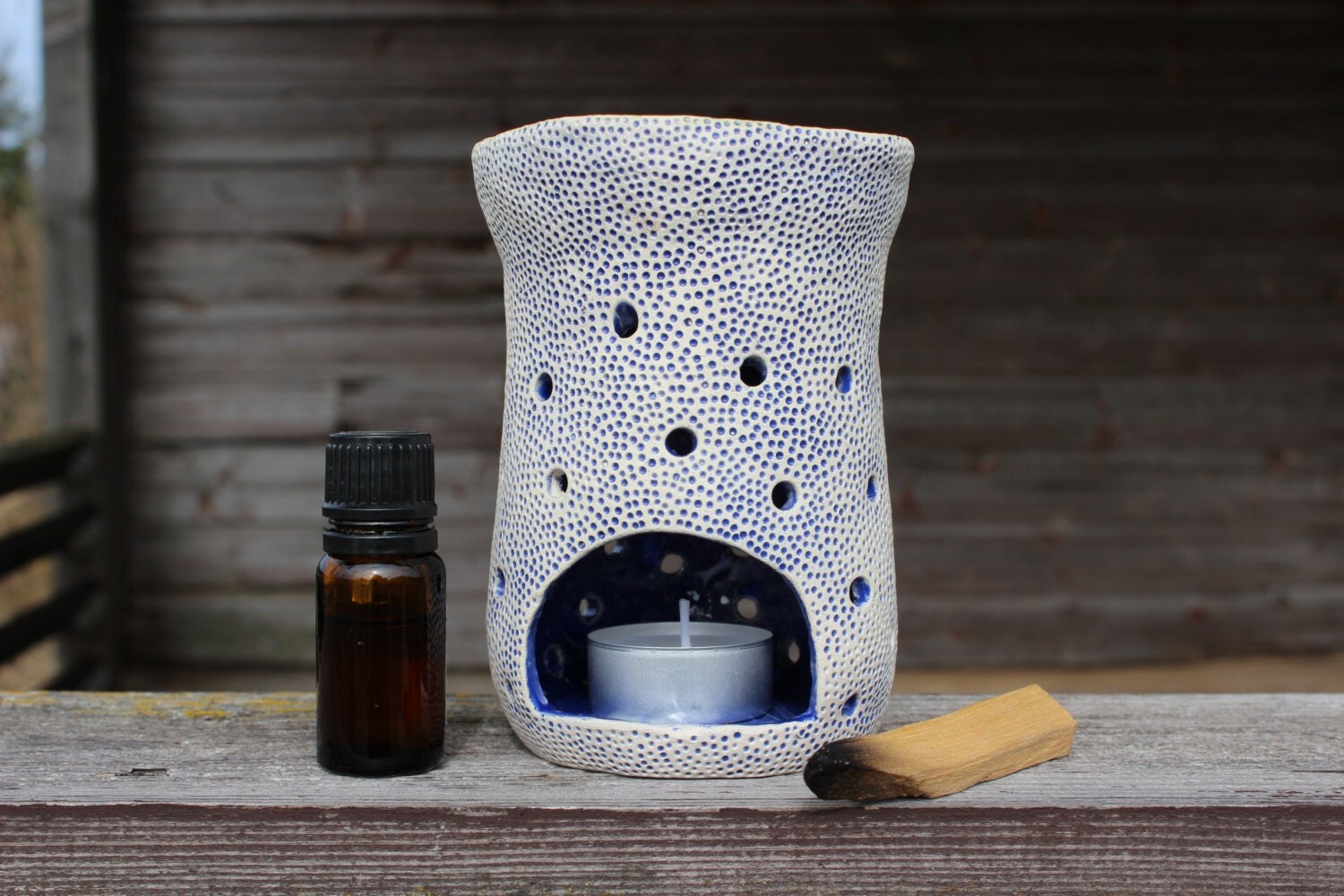
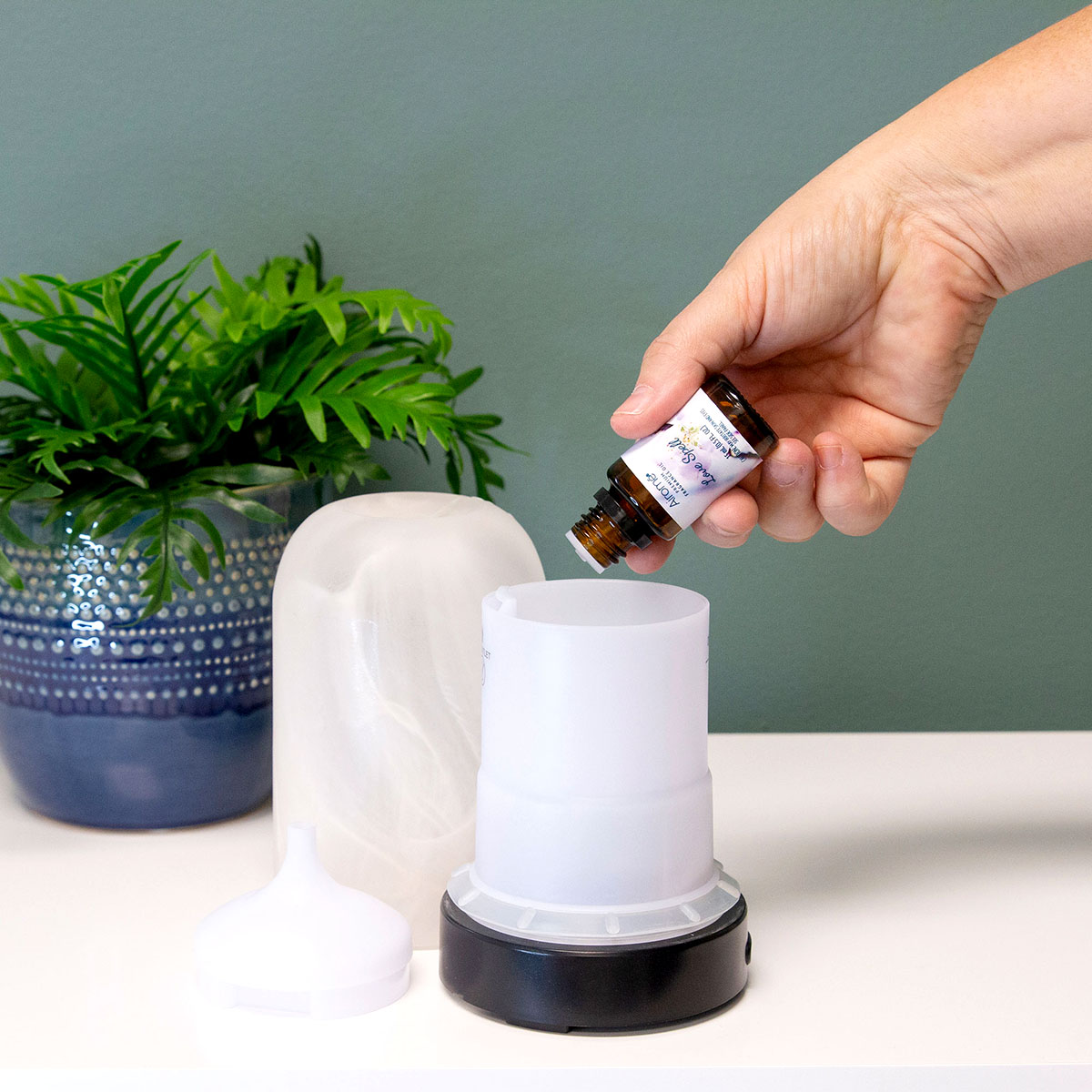
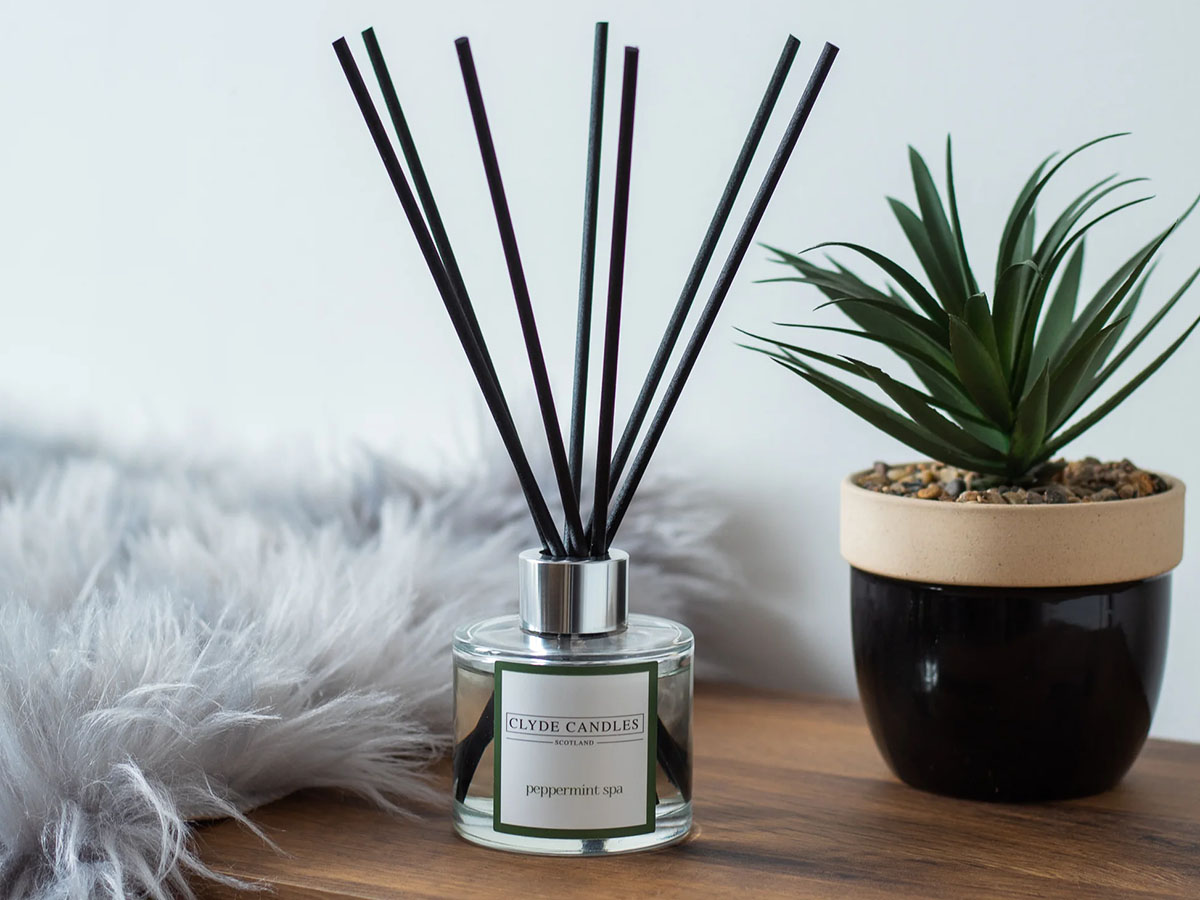
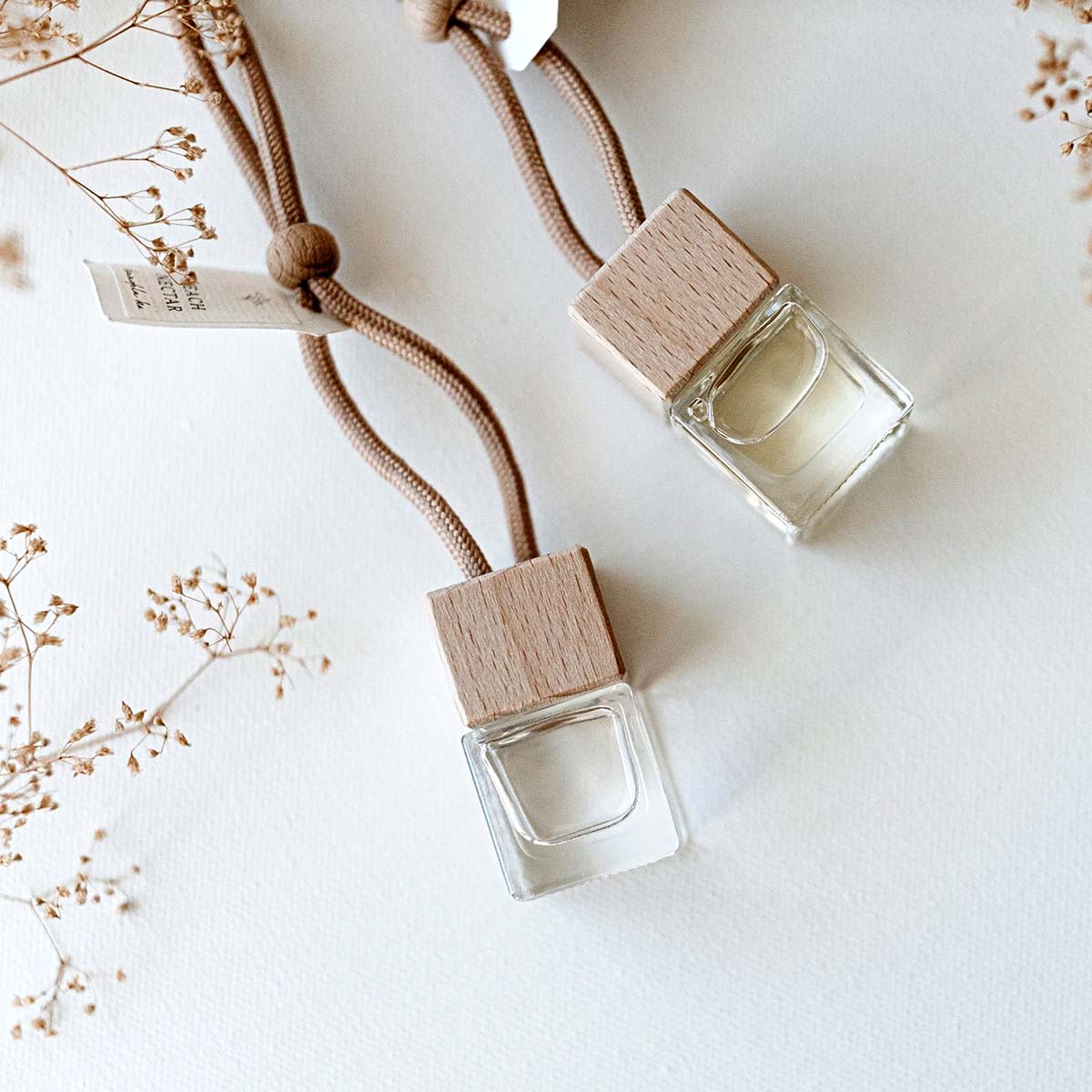

0 thoughts on “How To Dilute Diffuser Oil”